grayish cement-like mold?
cateyanne
11 years ago
Related Stories
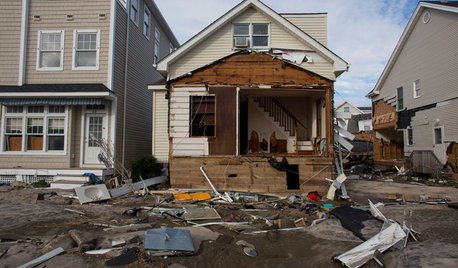
DISASTER PREP & RECOVERYHow to Combat Mold in a Flooded House
Before you rebuild or restore your water-damaged home, take these steps to keep mold at bay
Full Story
TILESo Many Reasons to Love Cement Tiles
You’ll notice their beautiful patterns right away, but cement tiles have less obvious advantages too
Full Story
REMODELING GUIDESOld is New: Cement Tile Makes a Comeback
Get Ideas for Using Colorful Moorish-Inspired Tile at Home
Full Story
TILEEpoxy vs. Cement Grout — What's the Difference?
Grout is grout, right? Nope. Cement and epoxy versions have different appearances, durability and rules of installation
Full Story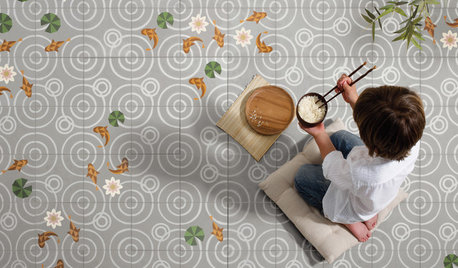
TILEWorld of Design: How Modern Geometric Designs Are Reinventing Cement
Intricate and eye-catching, the patterns of today’s cement tiles mark a break with their past while preserving an age-old technique
Full Story
REMODELING GUIDESHow to Size Interior Trim for a Finished Look
There's an art to striking an appealing balance of sizes for baseboards, crown moldings and other millwork. An architect shares his secrets
Full Story
ROOFSThis Long-Lasting Roofing Material Works With Many Styles
With their durability and wide range of colors and molded shapes, concrete roof tiles are worth a look
Full Story
ECLECTIC HOMESMy Houzz: A Treehouse-Like Dwelling in Los Angeles
Fragrant breezes, chirping birds and glorious sunsets provide a beautiful live-work setting for this design couple and their kids
Full Story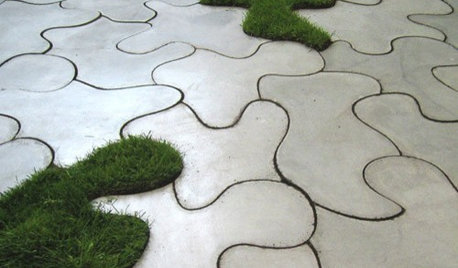
PRODUCT PICKSGuest Picks: Concrete Ideas for Patios and Decks
Look to lightweight fiber cement for functional outdoor furniture and accessories that are heavy on style
Full Story
REMODELING GUIDESYour Floor: Two Tiles to Love
Cement and quarry tiles are easy, lasting and unexpected
Full StoryMore Discussions






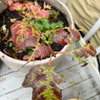
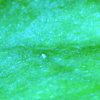
rhizo_1 (North AL) zone 7
ronalawn82
Related Professionals
Saint Charles Landscape Architects & Landscape Designers · Sand Springs Landscape Architects & Landscape Designers · Amesbury Landscape Contractors · Broomfield Landscape Contractors · Deerfield Landscape Contractors · East Hanover Landscape Contractors · Lantana Landscape Contractors · Lemay Landscape Contractors · Lemoore Landscape Contractors · Mahwah Landscape Contractors · Mendota Heights Landscape Contractors · Pompano Beach Landscape Contractors · Pompton Lakes Landscape Contractors · Red Oak Landscape Contractors · View Park-Windsor Hills Landscape ContractorsKimmsr
ken_adrian Adrian MI cold Z5
cateyanneOriginal Author
Kimmsr
darobi2459
rhizo_1 (North AL) zone 7
Kimmsr